序章
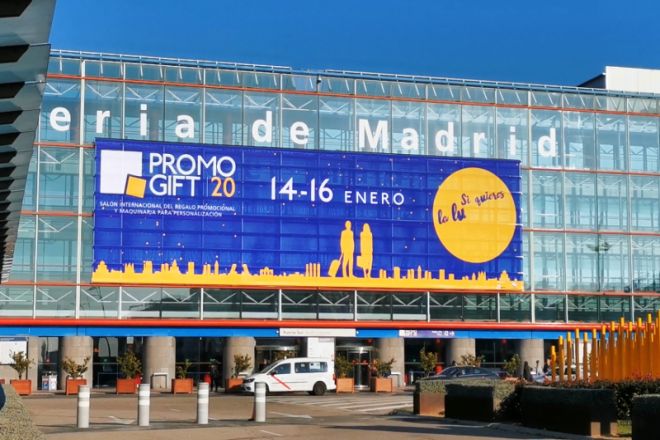
With the advancement of technology and the continuous expansion of the market, the return rate of LEDディスプレイ has gradually become the focus of investors and operators.
The rate of return is not only an important indicator for measuring the investment benefits of LED display projects but also a key factor in determining whether investors are willing to invest funds. Therefore, an in-depth understanding of the rate of return standards of LED displays is of great significance to investors and operators.
1. The basic concept of LED display rate of return
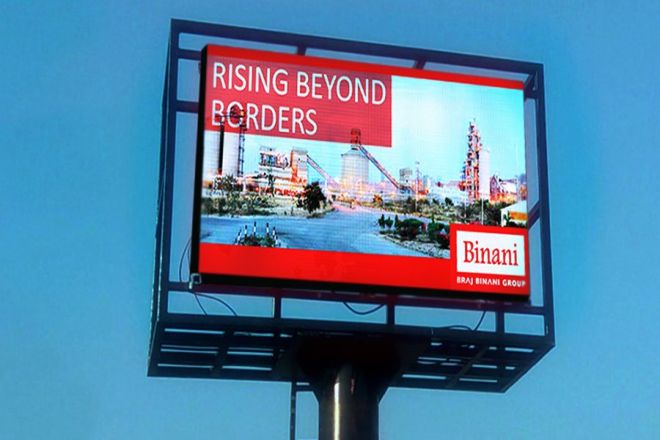
The rate of return, in short, is a quantitative indicator of investment efficiency, which intuitively reflects the proportional relationship between the funds invested by investors and the final returns obtained.
In the LED display industry, the rate of return specifically refers to the ratio between the funds invested by investors in the LED display project and the long-term or short-term benefits obtained through the project.
This ratio not only reflects the profitability of the project but is also an important basis for investors to judge whether the project is worth investing in and whether it can bring substantial returns.
We can compare the rate of return to the ratio of the fruit to the roots of a tree. The money invested is like the roots of a tree, providing nutrients for the entire tree, while the income gained is the fruit, the results produced by the roots of the tree. If the fruit is plentiful and sweet, then the tree’s return rate will naturally be high, meaning investors are well rewarded for their efforts.
So, how do you calculate the rate of return of an LED display screen? This is actually a relatively simple yet sophisticated process.
First of all, we need to clarify the investment costs, which include the cost of purchasing LED displays, installation and maintenance costs, and various expenses required for daily operations. These costs make up the total amount of money we invest.
Next, we need to estimate the benefits that can be obtained through the LED display project. These revenues may come from various channels, such as advertising revenue and rental income, and are cash inflows generated during project operations.
Finally, we compare the total income with the investment cost, and through a certain calculation formula, we can get the specific value of the rate of return.
In this process, we can find that there is a close relationship between return rate, investment cost, and operating income. If the investment cost is too high and the operating income cannot reach the expected level, the rate of return will naturally be reduced, and investors’ income will also be affected.
On the contrary, if costs can be effectively controlled and operating income improved, the rate of return will increase accordingly, bringing more impressive returns to investors.
Therefore, in the LED display industry, investors and operators need to pay close attention to changes in return rates, continuously optimize the cost structure, and improve project profitability through reasonable investment strategies and operating strategies so as to maximize investment benefits.
At the same time, it is also necessary to continuously adjust and improve the calculation method and evaluation system of return rate based on the market environment and industry development trends to ensure the scientificity and accuracy of investment decisions.
2. Key factors affecting the rate of return of LED display

- Display size and location
First of all, the size of the display directly determines its appeal and influence. The larger the screen size, the more likely it is to attract the attention of passers-by, thereby increasing the exposure rate of the advertisement.
The high-resolution display can present a clearer and more delicate picture, bringing a better visual experience to the audience. This high-quality display effect can often attract more advertisers, thereby increasing advertising revenue.
In addition, the installation location of the display is also crucial. Located in busy commercial areas, large shopping malls, transportation hubs, and other areas with dense traffic, its advertising value is self-evident. Displays in these places can not only gain higher exposure but also reach more potential consumers, bringing greater commercial value to advertisers.
Of course, the size and location of the display also need to take cost factors into consideration. Large, high-resolution displays often mean higher investment costs, while displays located in busy locations may also face higher rent or site fees. Therefore, investors need to make reasonable decisions based on weighing costs and benefits.
- Advertising market demand
Advertising market demand is another important factor affecting the rate of return of LED displays. With the development of the economy and the intensification of market competition, advertisers have an increasingly strong demand for brand promotion and publicity. However, ad market saturation can also have an impact on display returns.
When the number of LED displays on the market is small, advertisers’ demand for advertising is relatively strong, advertising prices are higher, and the rate of return will naturally increase. However, as market saturation increases, competition becomes fierce, advertisers have more choices, and ad prices may fall, affecting returns.
In addition, advertiser needs and budgets will also have an impact on rate of return. Different advertisers have different requirements and budgets for advertising effects, so the advertising fees they are willing to pay will also be different.
Those advertisers who have higher requirements for brand image and publicity effect are usually more willing to invest more money in advertising on LED displays, thereby increasing the return rate of the display.
- Operating costs
Operating costs are a factor that cannot be ignored that affects the rate of return of LED displays. This includes electricity bills, maintenance costs, personnel costs, and many other aspects.
First of all, electricity costs are an important part of the display operating costs. Since LED displays need to run for a long time, the electricity bill can be considerable.
In order to reduce electricity costs, investors can consider adopting energy-saving technologies, optimizing operating hours, and other methods to reduce energy consumption.
Secondly, maintenance costs are also a part that cannot be ignored. The display screen requires regular inspection, cleaning, and maintenance during use, all of which require a certain cost investment.
In order to reduce maintenance costs, investors can choose to display products with reliable quality and easy maintenance and establish a complete maintenance system.
Finally, personnel costs are also one of the key factors affecting rate of return. The operation of the display screen requires management and maintenance by professionals, and the wages and benefits of these personnel are also a considerable expense.
Therefore, when allocating personnel, investors need to reasonably evaluate workload, and personnel needs to improve personnel efficiency and reduce costs.
- 技術革新とアップグレード
Technological innovation and upgrading are important driving forces for the development of the LED display industry and are also key factors in increasing returns.
With the advancement of science and technology, new display technology, driving technology, intelligent control technology, etc., are constantly emerging.
The application of these new technologies can not only improve the performance and display effect of the display but also reduce energy consumption and extend the service life, thus increasing the rate of return.
In addition, as market competition intensifies, display products are also constantly being updated. The new generation of products often has higher performance, lower power consumption, and longer service life, which can better meet market needs and improve competitiveness.
Therefore, investors need to pay close attention to industry dynamics and technology development trends and update displays in a timely manner to maintain their competitiveness in the market and obtain higher returns.
3. Strategies and suggestions for improving the rate of returnof LED displays
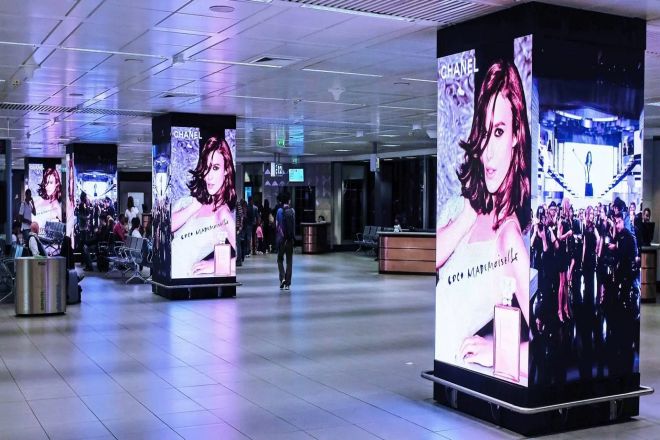
- Optimize site selection and layout
Optimizing site selection and layout is a crucial step in increasing the rate of return on LED displays. Investors and operators should conduct in-depth market research to understand the target audience and market needs and accurately locate the installation location of the display.
Specifically, you can choose areas with a large flow of people and a strong commercial atmosphere, such as shopping malls, commercial streets, transportation hubs, etc., to ensure that the display can attract more eyes and potential consumers.
In addition, reasonable layout is also the key to improving return rates. Investors can reasonably plan the arrangement and angle of the display screens based on factors such as terrain and buildings to ensure that advertising content can be displayed to the audience to the greatest extent.
At the same time, you can also consider linking with other media or facilities to maximize the advertising effect.
- Improve advertising effectiveness
Advertising is one of the important factors affecting the rate of return of LED displays. In order to improve advertising effectiveness, investors and operators can start from the following aspects:
First, focus on creative design. Through unique and novel designs, attract the audience’s attention and increase the click-through rate and conversion rate of advertisements.
At the same time, you can also combine brand culture and product characteristics to create a personalized advertising image and enhance brand awareness and memory.
Second, update content regularly. Keep advertising content fresh and timely to avoid audience fatigue. Advertising content can be flexibly adjusted according to factors such as seasons, festivals, hot events, etc., to improve the pertinence and attractiveness of advertising.
In addition, you can also use data analysis tools to monitor and evaluate advertising effects in real-time, adjust strategies in a timely manner, and optimize advertising effects.
- Reduce operating costs
Reducing operating costs is an effective way to increase the rate of return of LED displays. Investors and operators can start from the following aspects:
First, use energy-saving technology. Choose efficient and energy-saving LED display products to reduce energy consumption costs. At the same time, reasonably arrange the running time of the display to avoid unnecessary waste of energy.
Secondly, optimize the maintenance plan. Establish a complete maintenance system to regularly inspect, clean, and repair the display to ensure the normal operation of the equipment.
Through preventive maintenance, the failure rate is reduced, and the maintenance cost is reduced.
In addition, personnel costs can also be reduced by rationally allocating personnel and improving personnel efficiency.
For example, an intelligent management system can be used to realize remote monitoring and management, reducing the need for on-site personnel.
- Expand revenue sources
In addition to traditional advertising revenue, investors and operators can also further increase the return rate of LED displays by expanding revenue sources.
For example, you can consider starting a rental business and renting out display screens to merchants or event organizers to obtain additional rental income. In addition, it can also host various activities, such as product launches, theatrical performances, etc., and earn income through ticket sales, sponsorship, etc.
4. What is the best LED display to invest in 2024?
In 2024, when investing in LED displays, multiple factors should be considered comprehensively, including technology development trends, market demand, cost-effectiveness, and application fields. Here are some types of LED displays that may be worth investing in:
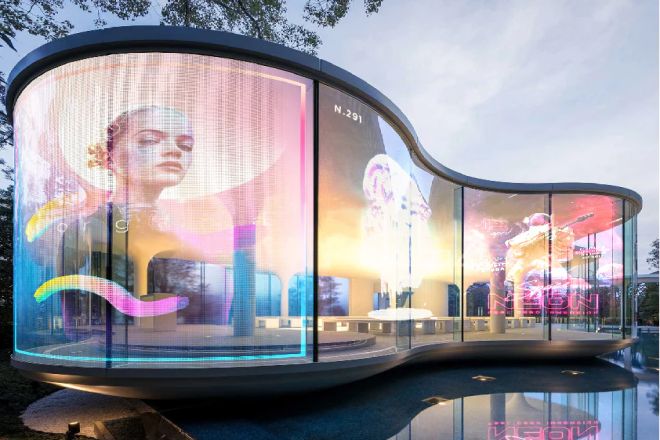
With the advancement of technology, transparent LED displays will be larger, thinner, and more energy-saving. They will also be combined with artificial intelligence, the Internet of Things, and other technologies to achieve more intelligent applications.
This kind of display screen is widely used in commercial advertising, exhibition displays, stage backgrounds, and other fields, and is expected to play an important role in urban lighting projects, vehicle interiors, smart homes, and other fields in the future.
- Micro LED display:
Micro LED technology is gradually being used in high-end display products. Due to its excellent display effect and energy-saving characteristics, Micro LED displays are widely used in the automotive field (such as for augmented reality head-up displays or car window displays) and home appliances (such as UV-C LED for high-power sterilization and purification markets). There is huge application potential.
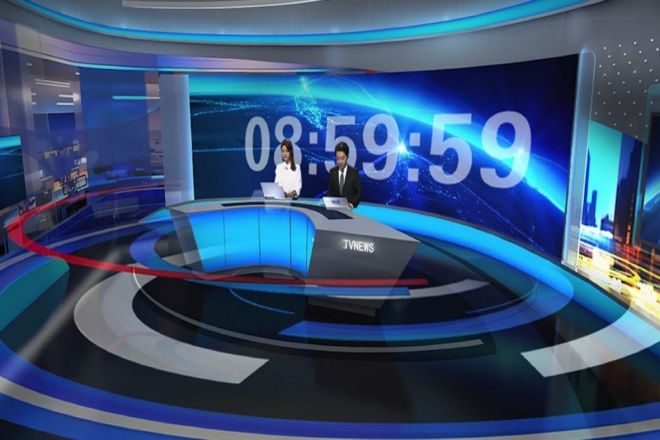
Although the downward trend in spacing is slowing down, small-pitch LED displays such as P0.9 are still the flagship products. With the advancement of technology, these displays can provide display effects close to the resolution of LCDs while maintaining cost-effectiveness, so they are still competitive in certain specific application scenarios.
結論
Through an in-depth discussion of the LED display return rate standard, it is not difficult to find that this standard is not a single fixed value but a comprehensive result affected by multiple factors.
From the size and location of the display screen to the demand and competition situation of the advertising market to the control of operating costs and the promotion of technological innovation, every link directly or indirectly affects the rate of return of the LED display screen.
最後に、LEDディスプレイについてもっと知りたい方は、 ご連絡ください。
